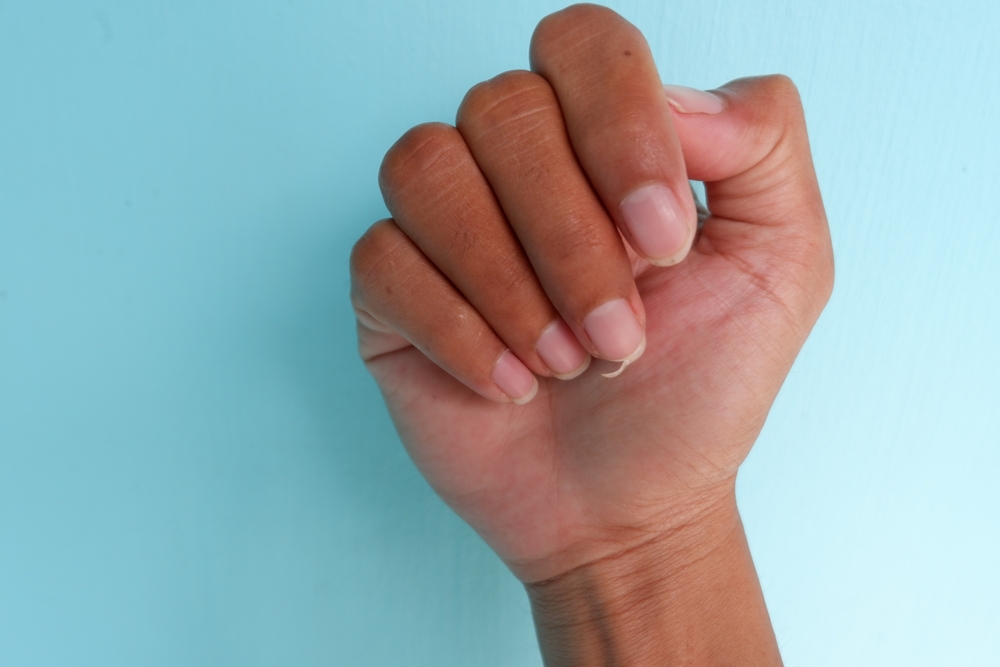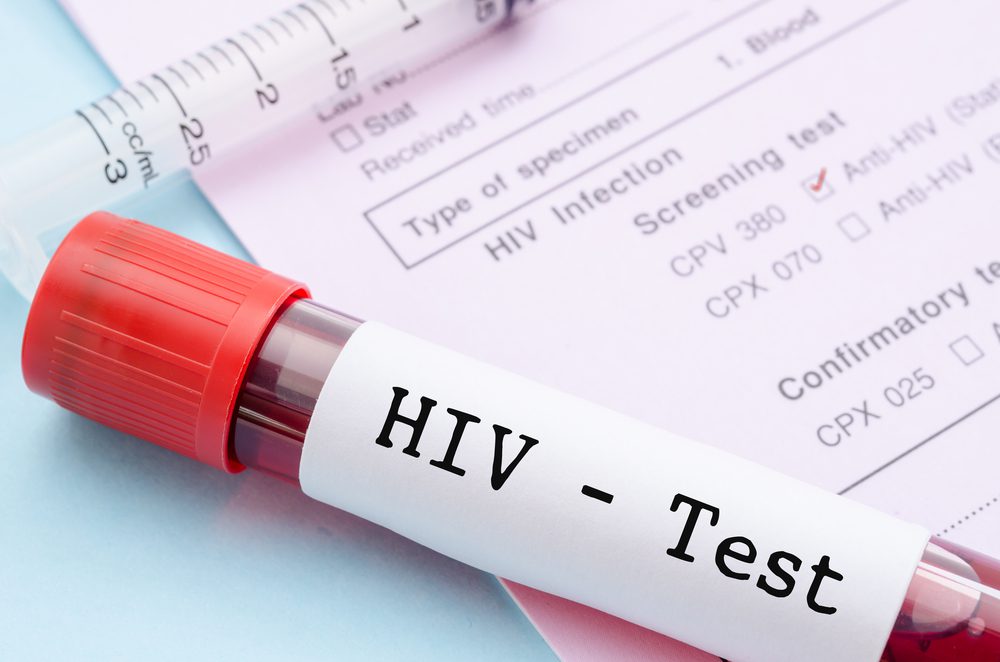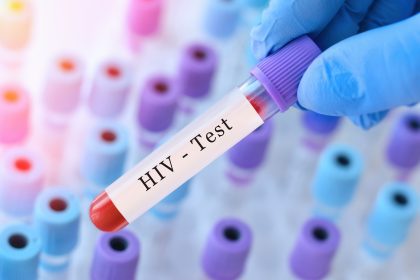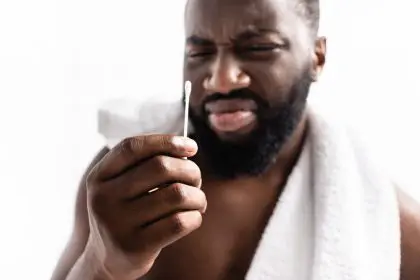You’ve tried everything—expensive strengthening polishes, countless supplements, and religiously wearing gloves for household chores. Yet your nails still split, peel, and break with frustrating regularity. If you’re wondering why those Instagram-worthy talons remain elusive despite your best efforts, the answer might be hiding in places you’d never expect.
Brittle nails affect roughly one in five people, with women experiencing the problem more frequently than men. While most beauty advice focuses on superficial treatments or vague recommendations about vitamins, the true causes of chronically fragile nails often lie deeper—in your internal health, everyday habits, and even the well-intentioned nail care practices that might actually be making the problem worse.
The moisture balance most experts get wrong
Those brittle, peeling nails might not be suffering from dryness as commonly believed, but rather from something nail experts call “water-logging.” This excessive moisture exposure creates a surprising domino effect that weakens your nail structure from within.
Your nails are remarkably absorbent, expanding when soaked in water and contracting as they dry. This repeated expanding and contracting—happening every time you wash dishes, take a lengthy shower, or swim—weakens the nail’s internal structure over time. With each cycle, the tightly bound keratin layers that create nail strength begin to separate slightly, leading to peeling, splitting, and breakage.
What makes this particularly confusing is that immediately after water exposure, nails temporarily feel softer and more flexible, masking the long-term damage being done. It’s only after repeated cycles that the cumulative weakening becomes apparent through increased brittleness and breakage.
The solution isn’t avoiding water entirely, but minimizing prolonged exposure and countering its effects. Wearing rubber gloves for wet household tasks makes a significant difference, not just by preventing chemical exposure but by blocking the more damaging water-logging effect. Similarly, applying a water-resistant barrier like nail oil before activities involving water exposure can dramatically reduce moisture penetration.
The surprising protein connection no one talks about
Your nails are made of keratin—the same protein that forms your hair—yet the protein connection to nail health goes far beyond this basic fact. The strength of your nails directly reflects your body’s protein status in ways most beauty experts completely overlook.
When your protein intake is inadequate or your body isn’t efficiently absorbing and utilizing protein, your nails are among the first structures to show it. This happens because your body prioritizes protein for essential functions like muscle maintenance and enzyme production over cosmetic features like nail formation.
What makes this particularly relevant is the growing popularity of restrictive diets that unintentionally reduce protein intake or absorption. Crash dieting, extremely low-calorie regimens, or poorly planned plant-based transitions can all create temporary protein insufficiency that manifests as weakened nails weeks or months later.
The timing creates confusion—the nail problems appear long after the dietary changes, making the connection difficult to spot. Your nail plate takes 4-6 months to grow out completely, meaning the brittle sections you’re seeing now reflect your nutritional status from months ago rather than your current diet.
Ensuring adequate protein intake—roughly 0.8g per kilogram of body weight daily for average adults, more for those who are very active—provides the building blocks your body needs for strong nail formation. Equally important is including proteins that are rich in sulfur-containing amino acids like cysteine, which forms the disulfide bonds that give keratin its strength.
The filing technique that’s secretly sabotaging you
That standard back-and-forth filing motion you’ve probably used your entire life? It might be the hidden culprit behind your nail breakage problems. The way you shape your nails affects their structural integrity far more than most people realize.
When you file your nails in a sawing motion—back and forth across the nail edge—you create microscopic tears and splits in the keratin layers. These tiny fissures might not be immediately visible, but they form vulnerable points where breakage begins once your nails encounter stress from everyday activities.
The damage from improper filing compounds over time. Each micro-tear creates a point where moisture can penetrate more deeply into the nail structure, further weakening it from within. This creates a frustrating cycle where the very act of maintaining your nails contributes to their fragility.
Professional nail technicians are taught to file in one direction only, using gentle strokes from the side toward the center. This technique, while requiring more time and attention, preserves the nail’s integrity by respecting the direction of the keratin layers rather than tearing across them.
Even more important than technique is the file itself. Crystal files create smoother edges with less damage than traditional emery boards, which can be surprisingly rough at the microscopic level. The investment in a quality glass file pays dividends in reduced breakage and splitting over time.
The hidden hormonal factor that changes everything
Those seemingly random periods of nail brittleness might actually follow patterns tied to hormonal fluctuations that few people connect to nail health. Your endocrine system influences nail growth and strength in profound ways that extend far beyond the commonly known thyroid connection.
Estrogen plays a crucial role in maintaining nail moisture and flexibility. During times of fluctuating or declining estrogen—including perimenopause, postpartum periods, or certain phases of the menstrual cycle—nails typically become more brittle. This hormonal influence explains why many women notice cyclical changes in nail strength that seem disconnected from their care routine.
Stress hormones like cortisol create another significant but overlooked impact. Chronically elevated cortisol diverts resources away from “non-essential” functions like nail formation. This diversion happens because your body prioritizes survival responses over cosmetic concerns during periods of perceived stress.
Perhaps most surprising is the insulin connection. Fluctuating blood sugar levels affect microcirculation to your nail matrix—the area where new nail cells form. This variable blood flow creates inconsistent nutrient delivery, resulting in visible ridges and weak spots that form during periods of blood sugar instability.
Understanding these hormonal influences helps explain why nail strength often varies despite consistent care routines. It also suggests that addressing underlying hormonal balance through stress management, stable blood sugar, and appropriate medical support when needed may improve nail strength more effectively than topical treatments alone.
The cuticle mistake almost everyone makes
That cuticle-cutting habit might be the stealth destroyer of your nail health. The relationship between your cuticles and nail strength is intimate and often misunderstood, with damage to this seemingly unimportant skin having far-reaching consequences.
Your cuticle serves as the nail’s protective seal, preventing moisture and microorganisms from entering the delicate nail matrix where new nail cells form. When this seal is compromised through cutting, aggressive pushing, or harsh chemicals, it leaves the matrix vulnerable to low-grade inflammation that disrupts healthy nail formation.
This inflammation might not be immediately obvious—there’s no pain or redness—but it subtly alters how your new nail cells develop and bond together. The result is a nail plate with slightly compromised structure that becomes apparent weeks later as it grows out, presenting as peeling, ridges, or brittleness.
The solution involves a complete shift in cuticle care philosophy. Rather than removing cuticles, focus on gently maintaining them. After softening with water or cuticle oil, gently ease them back using a towel edge or wooden tool, without cutting or forcefully pushing. This preserves the protective seal while keeping the area neat.
Even more importantly, developing a habit of regularly applying cuticle oil nourishes and protects this critical area. Oils containing jojoba or vitamin E penetrate effectively, maintaining cuticle health and, by extension, creating the conditions for stronger nail growth from the matrix below.
The patience factor nobody wants to hear about
The uncomfortable truth about improving nail strength is that it requires significant patience—far more than most people anticipate. Understanding the growth timeline of nails provides crucial context for realistic expectations about improvement.
Your fingernails grow approximately 3.5mm per month, and a full nail takes 4-6 months to grow from matrix to tip. This means that any internal change you make—whether nutritional, hormonal, or health-related—needs at least three months before you’ll see noticeable improvement in new growth. The damaged portions of your nails cannot be “repaired” in the way hair can be conditioned; they must grow out completely.
This extended timeline creates frustration and often leads people to abandon potentially effective interventions before giving them sufficient time to demonstrate results. It also explains why before-and-after nail transformation photos showing dramatic results after just a few weeks are typically misleading or enhanced.
Embracing this reality means setting appropriate expectations and focusing on consistent, sustainable nail care practices rather than quick fixes. Tracking progress with monthly photos helps recognize the gradual improvements that might otherwise go unnoticed, providing motivation to maintain beneficial habits through the full growth cycle.
Your nail strength is ultimately a reflection of multiple factors working together—internal nutrition, hormonal balance, moisture levels, and physical care techniques. By addressing these fundamental issues rather than reaching for another strengthening polish, you create the conditions for naturally resilient nails that don’t need constant repair. The solution isn’t adding more products to your routine but understanding the true causes of weakness and systematically addressing them from the inside out.

















